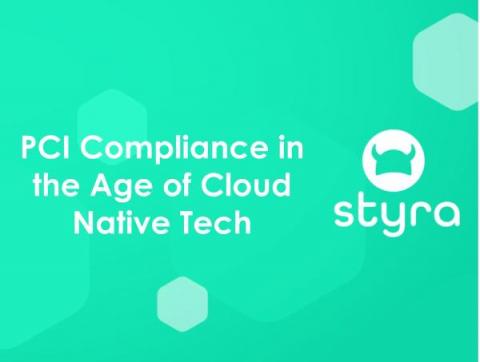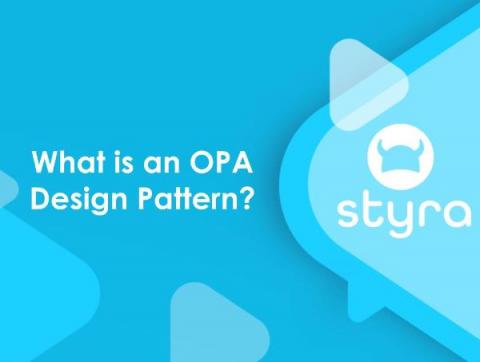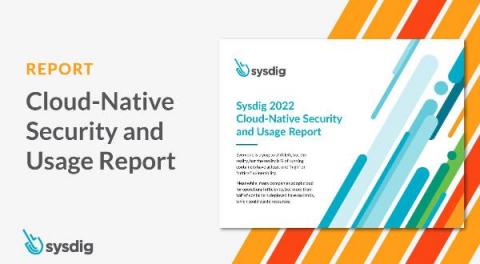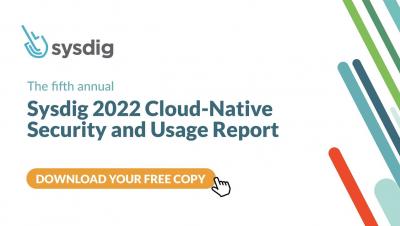PCI Compliance in the Age of Cloud Native Tech
The Payment Card Industry Data Security Standard (PCI DSS) entered the scene back in 2004 with the rise of payment fraud. Created by leaders in the credit card industry, PCI DSS was developed to provide a baseline of technical and operational requirements designed to protect cardholder payment data and was commonly understood by those in the legacy security world.











